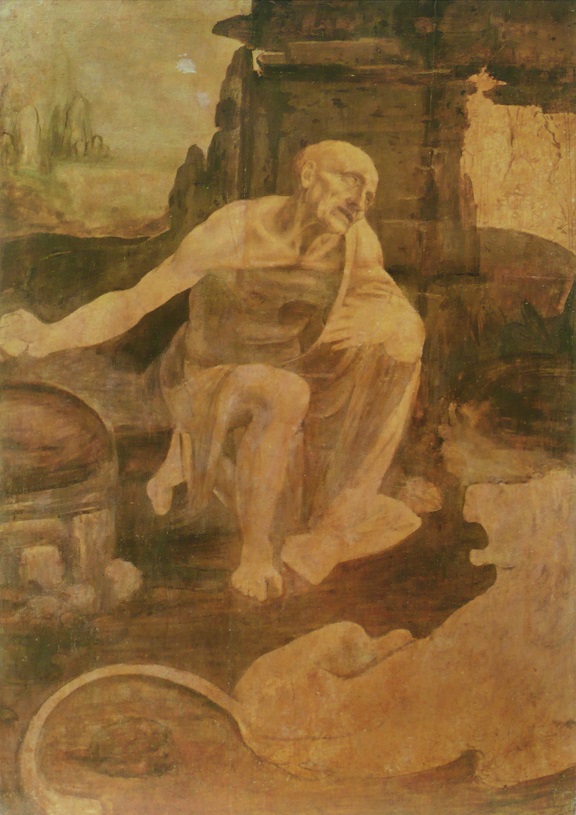Table of Contents
- Revisiting Genius: Was Leonardo da Vinci's Creative Spark Fueled by ADHD?
- Evidences about why Leonardo had ADHD:
- Potential Criticism:(Killjoy explanation)
- Conclusion:
- References:
Revisiting Genius: Was Leonardo da Vinci's Creative Spark Fueled by ADHD?
In the realm of art and science, few names shine as brightly as Leonardo da Vinci. A polymath of the highest order, his contributions to various fields continue to inspire awe and admiration. However, a recent article by Marco Catani and Paolo Mazzarello published in the journal BRAIN offers a fascinating new perspective on da Vinci's life and work. The authors propose that da Vinci may have had Attention Deficit Hyperactivity Disorder (ADHD), a condition that could explain his well-documented struggles with procrastination and task completion.
I found this article both surprising and intriguing. The possibility that one of history's greatest minds might have had ADHD challenges our conventional understanding of this condition and invites us to reconsider the relationship between neurodiversity and creativity. In this blog post, I aim to summarize the key arguments of Catani and Mazzarello's article, discuss potential criticisms, and share my personal reflections on their hypothesis. Whether you're a fan of da Vinci, interested in the history of science, or curious about the many facets of the human mind, I hope you'll find this exploration as fascinating as I did.
Evidences about why Leonardo had ADHD:
The authors point to several key pieces of evidence to support their hypothesis. Firstly, da Vinci's difficulties were pervasive since childhood, a fundamental characteristic of ADHD. Secondly, he was constantly on the go, often jumping from task to task, a trait common among those with ADHD. Lastly, da Vinci was left-handed and had a severe left hemisphere stroke at age 65, which left his language abilities intact. These clinical observations strongly indicate a reverse right-hemisphere dominance for language in Leonardo’s brain, a trait found in 55% of the general population but more prevalent in individuals with neurodevelopmental conditions, including ADHD.
Potential Criticism:(Killjoy explanation)
While the hypothesis is intriguing, it's important to note that it is speculative. Diagnosing historical figures with modern medical conditions is inherently challenging due to the lack of direct evidence. Moreover, da Vinci's work habits could also be attributed to other factors, such as his wide range of interests, the socio-cultural context of his time, or his unique personality traits. ADHD is a complex disorder that should not be diagnosed based solely on anecdotal evidence or behavioral traits.
 |
|---|
| *A work Leonardo started but never finished: Saint Jerome in the Wilderness. |
Conclusion:
Despite potential criticisms, the hypothesis that Leonardo da Vinci may have had ADHD offers a fresh perspective on his life and work. It invites us to reconsider the traditional narrative of genius and suggests that traits often perceived as flaws, such as impulsivity and distractibility, can also fuel creativity and innovation. This idea not only humanizes da Vinci but also provides a source of inspiration for those living with ADHD today.
References:
Catani M, Mazzarello P. Grey Matter Leonardo da Vinci: a genius driven to distraction. Brain. 2019 Jun 1;142(6):1842-1846. doi: 10.1093/brain/awz131. PMID: 31121603; PMCID: PMC6536914.
Cite:
Altun, E. (2021, February 03). Leonardo Da Vinci ADHD?. Retrieved from https://altunenes.github.io/posts/adhd/